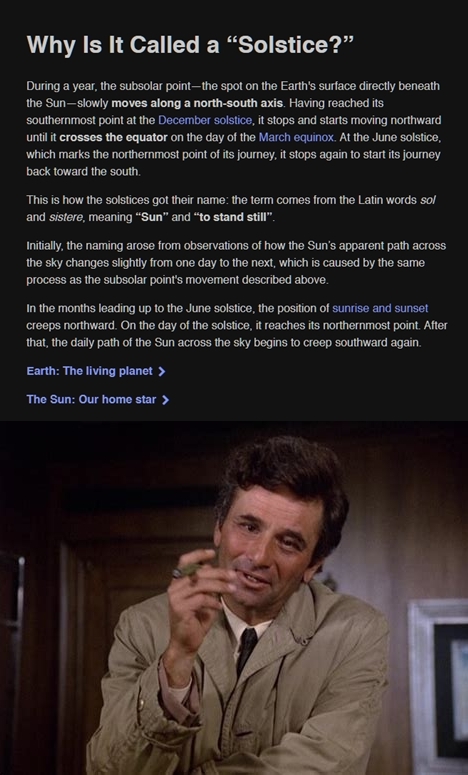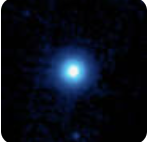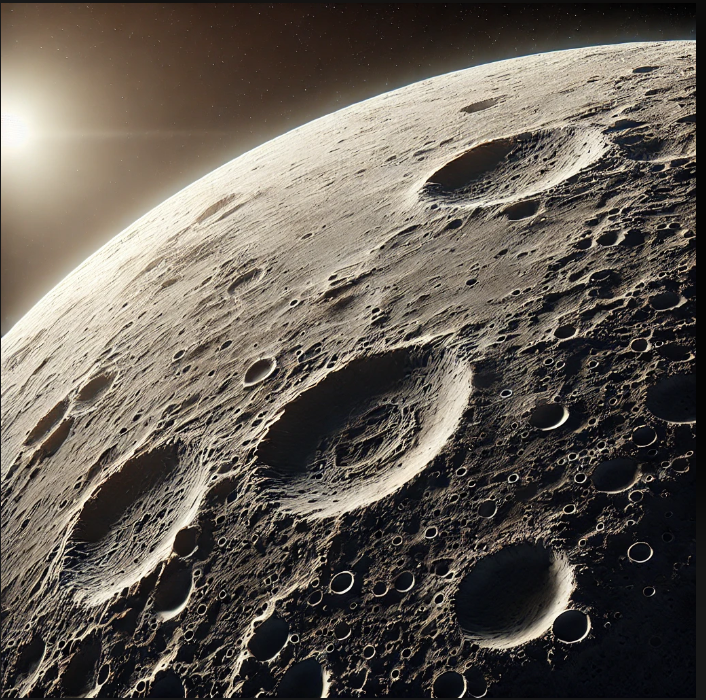A child in the FIRST GRADE has so much left to learn about LIFE and about surviving in this world!
The child needs to learn so much. The child needs to learn the #Truth about how to stay healthy, how to avoid danger, how to earn a living, how to add and subtract,how to read and write his name.....
But instead of teaching this child
ANY OF THESE REAL WORLD SKILLS THAT HE WILL USE DAILY....
The child will be led into the classroom, seeing the #Globe on his teacher's desk FIRST THING, and then his VERY FIRST ASSIGNMENT will typically be learning of the purely THEORETICAL "Solar System."
An UNPROVEN THEORY that directly contradicts the word of YHWH and the child's bible about the LIGHTS IN THE SKY that the child will NEVER interact with, never need to interact with, and has no effect on the child's life whatsoever...
with the exception of enjoying their beauty
and the light they provide on his earth
WHY would this be the
VERY FIRST THING YOU TEACH A 6 YEAR OLD CHILD?????
Perhaps because you are brainwashing the child into a belief system that goes against all of creation AND the word of Yah???
Perhaps you are indoctrinating this child into an ancient Babylonian SUN #CULT that has existed since before the bible was written...
Perhaps you are being funded by a Luciferian, if not the seed of the Devil himself, who gets to choose the curriculum taught to children because he is wealthy beyond belief.
Wealthy because he has enslaved the entire world by printing up worthless pieces of paper and convinced humanity that they have value, when in truth it is simply a system of Satanic control!
Ever consider THAT???
It is likely the very SAME Luciferian that provides the TEXTBOOKS at BELOW COSTS to assure that he gets to provide the information that EVERY CHILD IN AMERICA must learn!
This way he never has any competition...
Because most publishers want to at least make a nickel per book...
But this Luciferian does not WANT money....
He prints his own money already!
What he wants is CONTROL OVER THE MINDS OF CHILDREN!
He wants to be certain that children are taught Luciferian doctrines
And he wants these children taught WHAT TO THINK.....
And not HOW TO THINK!
The #Schools in America are for the purposes I mentioned above...
THERE IS NO QUESTION... This is all factual!
It should be painfully obvious to people, but those people had their own minds usurped by this demonic indoctrination center!
You are being "Educated" how to be a "Good little #Slave"
with some Luciferian, anti-bible doctrines mixed in, and nothing more.
I don't know how else to spell it out for you!
I hope that you will at least ponder, and look into what I have told you, it is all factual and true
The child needs to learn so much. The child needs to learn the #Truth about how to stay healthy, how to avoid danger, how to earn a living, how to add and subtract,how to read and write his name.....
But instead of teaching this child
ANY OF THESE REAL WORLD SKILLS THAT HE WILL USE DAILY....
The child will be led into the classroom, seeing the #Globe on his teacher's desk FIRST THING, and then his VERY FIRST ASSIGNMENT will typically be learning of the purely THEORETICAL "Solar System."
An UNPROVEN THEORY that directly contradicts the word of YHWH and the child's bible about the LIGHTS IN THE SKY that the child will NEVER interact with, never need to interact with, and has no effect on the child's life whatsoever...
with the exception of enjoying their beauty
and the light they provide on his earth
WHY would this be the
VERY FIRST THING YOU TEACH A 6 YEAR OLD CHILD?????
Perhaps because you are brainwashing the child into a belief system that goes against all of creation AND the word of Yah???
Perhaps you are indoctrinating this child into an ancient Babylonian SUN #CULT that has existed since before the bible was written...
Perhaps you are being funded by a Luciferian, if not the seed of the Devil himself, who gets to choose the curriculum taught to children because he is wealthy beyond belief.
Wealthy because he has enslaved the entire world by printing up worthless pieces of paper and convinced humanity that they have value, when in truth it is simply a system of Satanic control!
Ever consider THAT???
It is likely the very SAME Luciferian that provides the TEXTBOOKS at BELOW COSTS to assure that he gets to provide the information that EVERY CHILD IN AMERICA must learn!
This way he never has any competition...
Because most publishers want to at least make a nickel per book...
But this Luciferian does not WANT money....
He prints his own money already!
What he wants is CONTROL OVER THE MINDS OF CHILDREN!
He wants to be certain that children are taught Luciferian doctrines
And he wants these children taught WHAT TO THINK.....
And not HOW TO THINK!
The #Schools in America are for the purposes I mentioned above...
THERE IS NO QUESTION... This is all factual!
It should be painfully obvious to people, but those people had their own minds usurped by this demonic indoctrination center!
You are being "Educated" how to be a "Good little #Slave"
with some Luciferian, anti-bible doctrines mixed in, and nothing more.
I don't know how else to spell it out for you!
I hope that you will at least ponder, and look into what I have told you, it is all factual and true
A child in the FIRST GRADE has so much left to learn about LIFE and about surviving in this world!
The child needs to learn so much. The child needs to learn the #Truth about how to stay healthy, how to avoid danger, how to earn a living, how to add and subtract,how to read and write his name.....
But instead of teaching this child
ANY OF THESE REAL WORLD SKILLS THAT HE WILL USE DAILY....
The child will be led into the classroom, seeing the #Globe on his teacher's desk FIRST THING, and then his VERY FIRST ASSIGNMENT will typically be learning of the purely THEORETICAL "Solar System."
An UNPROVEN THEORY that directly contradicts the word of YHWH and the child's bible about the LIGHTS IN THE SKY that the child will NEVER interact with, never need to interact with, and has no effect on the child's life whatsoever...
with the exception of enjoying their beauty
and the light they provide on his earth
WHY would this be the
VERY FIRST THING YOU TEACH A 6 YEAR OLD CHILD?????
Perhaps because you are brainwashing the child into a belief system that goes against all of creation AND the word of Yah???
Perhaps you are indoctrinating this child into an ancient Babylonian SUN #CULT that has existed since before the bible was written...
Perhaps you are being funded by a Luciferian, if not the seed of the Devil himself, who gets to choose the curriculum taught to children because he is wealthy beyond belief.
Wealthy because he has enslaved the entire world by printing up worthless pieces of paper and convinced humanity that they have value, when in truth it is simply a system of Satanic control!
Ever consider THAT???
It is likely the very SAME Luciferian that provides the TEXTBOOKS at BELOW COSTS to assure that he gets to provide the information that EVERY CHILD IN AMERICA must learn!
This way he never has any competition...
Because most publishers want to at least make a nickel per book...
But this Luciferian does not WANT money....
He prints his own money already!
What he wants is CONTROL OVER THE MINDS OF CHILDREN!
He wants to be certain that children are taught Luciferian doctrines
And he wants these children taught WHAT TO THINK.....
And not HOW TO THINK!
The #Schools in America are for the purposes I mentioned above...
THERE IS NO QUESTION... This is all factual!
It should be painfully obvious to people, but those people had their own minds usurped by this demonic indoctrination center!
You are being "Educated" how to be a "Good little #Slave"
with some Luciferian, anti-bible doctrines mixed in, and nothing more.
I don't know how else to spell it out for you!
I hope that you will at least ponder, and look into what I have told you, it is all factual and true
0 Comments
0 Shares
1K Views















